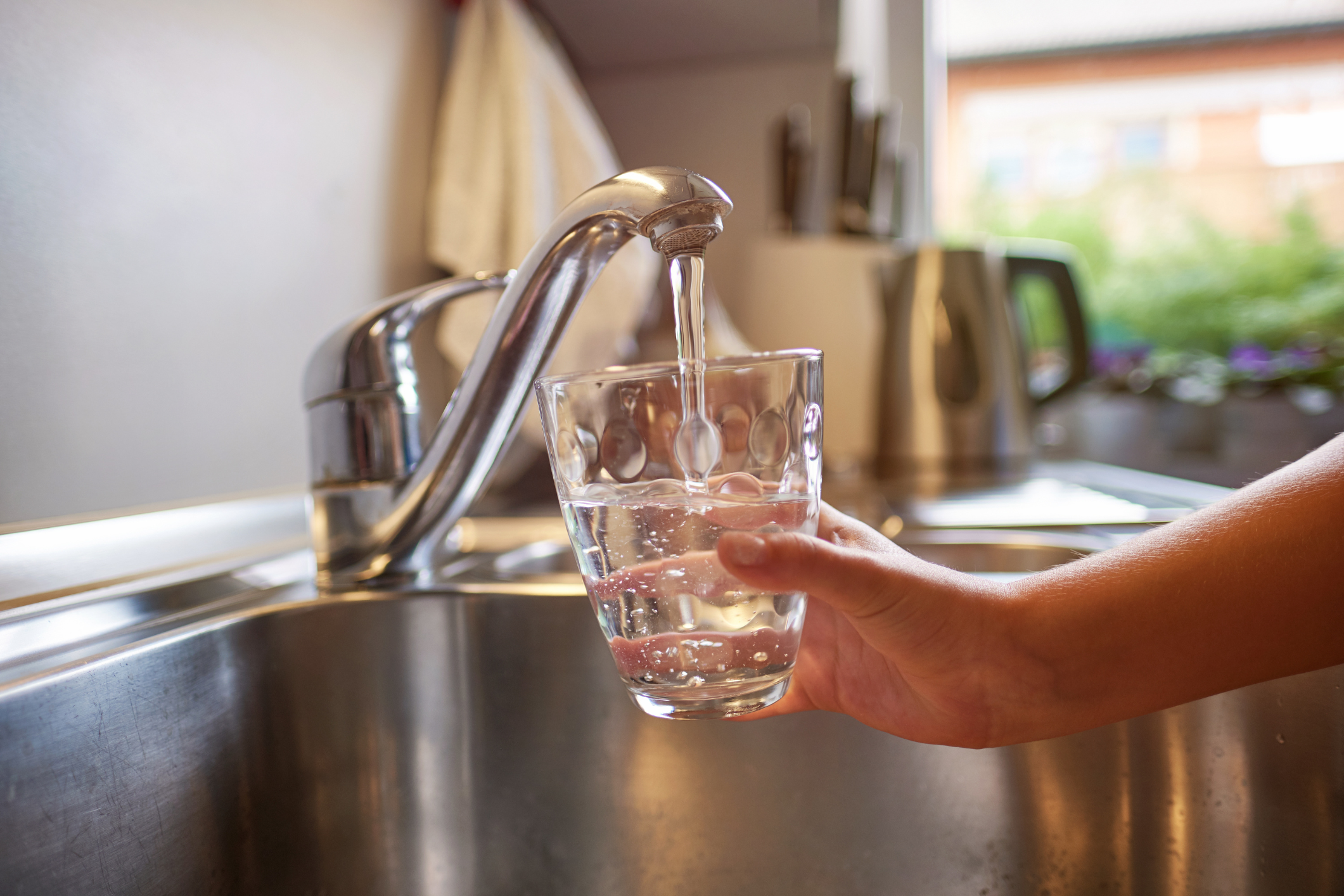By Josephine O’Grady
Due to a diverse range of water needs among communities, implementing water assistance programs continues to be a challenge in the United States. In 2016, an estimated 15 million Americans experienced water shutoffs. Low-income households must spend an average of 9.7% of their disposable income to pay for basic water and wastewater services. Additionally, studies project that the cost of adapting to the influences of climate change on the hydraulic cycle will be high. With water service rates rising at an average of 10% each year since 2008, combined financial and climate change-related stressors will continue to make water services increasingly unaffordable for low-income families.
Among rural communities, water assistance spans several foundational resource limitations. In addition to individual struggles with water assistance needs based on household income, the limited financial resources of rural communities impact their ability to hire adequate staff to address water issues. These communities have less personnel designated to map and manage groundwater and sewage systems, hire and train water operators, and ensure water quality and sanitation comply with federal regulations. To address this issue, the Rural Community Development (RCD) Program, a discretionary grant program provided by the Office of Community Services, is available in every state. Through regional organizations that receive RCD grants, rural communities that are struggling receive training and technical assistance to develop and maintain safe water and wastewater systems.
However, these resource limitations regarding the maintenance of water systems are not only experienced in rural communities. One of the most recent catastrophic environmental contamination events was in Flint, Michigan, spanning nearly five years while the city struggled with bacterial growth and systemic lead contamination in the city’s water systems. New Jersey currently leads the nation in the number of hazardous waste sites by state; in addition, Newark, New Jersey has experienced historic difficulty with identifying lead contamination in its two main water source systems. On that note, even urban areas with established water systems still struggle to manage community finances to keep the costs of water utility bills affordable for low-income households.
To address individual struggles with paying water bills, there are opportunities for low-income households to apply for assistance through the Low-Income Home Water Assistance Program (LIHWAP). Developed by the American Rescue Plan Act of 2021, in response to growing water insecurity during the COVID-19 pandemic, this program appropriates water assistance funding to states and localities based on requirements of the Low Income Home Energy Assistance Program (LIHEAP). Under LIHWAP, the priority populations considered for grants include people with disabilities, families with young children, older adults/seniors, and other households identified as experiencing high water burdens.
If water service costs continue to rise at the current rate, water bills will become unaffordable for more than one-third of Americans. Given the increased sprawl of community development, resulting in the rise of “shrinking cities” with water assistance issues that challenge both urban and rural areas, it is essential to use federal water assistance programs to coherently address water needs. Using the training and technical assistance of RCD but expanded to communities outside rural areas, LIHWAP would be able to more effectively manage water assistance needs based on individual household economic insecurity. This two-stage approach will maximize the ability of both programs and create a succinct approach to water assistance, in light of threats from climate change and an increasing population.
Josephine O’Grady is an MPP degree candidate at the Bloustein School of Planning and Public Policy at Rutgers University. In the New Jersey State Policy Lab Summer 2022 internship program, Josephine investigated factors affecting coastal hazard risk perception; she has served as a research assistant with the Policy Lab since that time and will serve as a teaching assistant with the Policy Lab’s Summer 2023 internship program.

